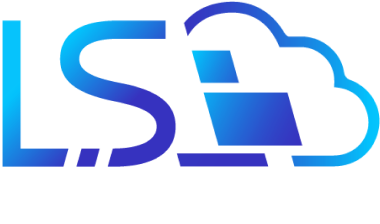
Birth of the Intranet
The earliest versions of Intranet websites and home pages began to appear first sometime during the 1990-1991s after common Internet networks began to take off.
What Do You Mean By Intranet? And How Does It Differ From The Internet?
An Intranet is a classified network that enables connection between computers/devices in a limited group which is accessible only for one staff or workers.
The main principle behind the development of the intranet was to supply organizations with a platform for an easy exchange of data between its closed groups of employees. Before the digital era, information was relayed manually via exchange of printed documents, phone communications, and face-to-face meetings.

Once organizations adopted computer networks, the information exchange took the digital path meaning employees were able to use emailing or shareable folders to accomplish those very tasks but with greater efficiency and effectiveness. Finally, the adoption of the World Wide Web permitted a lot of companies to host web pages internally allowing information to be exchanged much more quickly and easily than ever before.
The Fundamental Intranets
The most fundamental versions of the Intranet contained only the company’s internal web pages and were used to store organization’s general facts and figures and broadcast information from a head office.
These softwares had numerous drawbacks, as they didn’t stimulate co-operation amongst workers and lacked the proper design elements to be user-friendly. They consisted of the only company page – the general information about the organization.
As you might imagine, due to the clear lack of unique content, the staff were not attracted to check the network on a regular basis.
Intranet Genie – Intranet Ingenuity and Beginning of a Breakthrough
In 1996 a new and improved intranet software was presented to the world by the company Frontier Technologies – Intranet Genie solution. The intranet was different as it wasn’t just a simple organization homepage but was targeted to improve employees’ participation and knowledge ability then all former solutions. Genie featured applications for easy exchange of documents and message, had a more effective design to enhance workers’ communication and cooperation.

Though improved, it still wasn’t a user-friendly enough corporate software – it was difficult to set it up and had an unpleasant UX design. Since it consisted of a server solution and a collection of Intranet components set up on each separate client’s computer, the software wasn’t even a proper website, but rather a client-server application. Despite its shortcomings, employees could exchange information, file and even take part in online accessible discussions due to the attributes of Genie Intranet software.







Leave a Comments